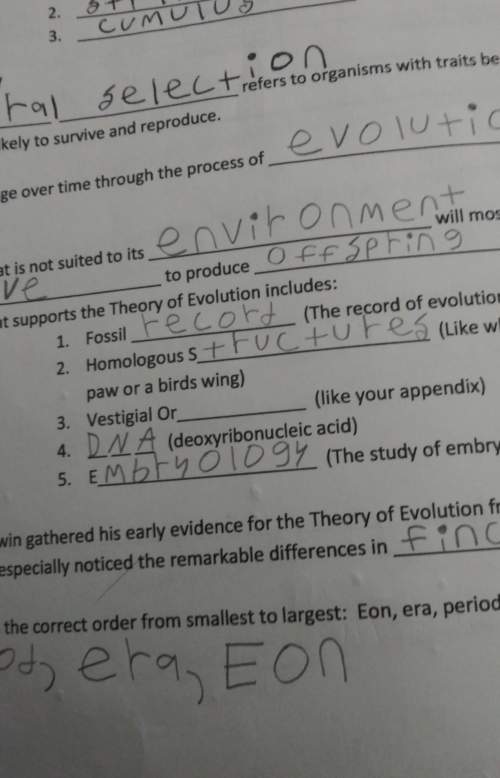
Physics, 02.10.2020 18:01 lizzyhearts
You take a picture under following conditions. f/2, ss 1/1000 seconds, light source 1.75 m away. You change the f # to f/4 and the shutter speed to 1/125 seconds.
1.) How many f-stops did you change?
2.) Just for the f-stop change, your exposure changed by what factor? Use a fraction if amount of light decreased.
3.) By what factor did you change the shutter speed?
4.) Just for the shutter speed change, your exposure changed by what factor? Use a fraction if amount of light decreased.
5.)What is the total exposure change?
6.)To compensate, you need to change the exposure from the light source by what factor?
7.) Calculate the distance where the light should be placed to get the same exposure

Answers: 3


Another question on Physics

Physics, 21.06.2019 19:30
Note: the following questions are unrelated to the balmer series or the martian. refer to your course notes. a sun-sized star will spend most of its lifetime as a: white dwarf b. red giant c. protostar d. main-sequence star
Answers: 2

Physics, 22.06.2019 04:50
*drag each tile to the correct location in the sequence* the table shows chronological events in the life of our sun, a medium-sized star. place the missing events into the correct rows of the table.
Answers: 3

Physics, 22.06.2019 08:30
The coefficient of friction is a number that represents the resistance to sliding between two in contact with one another.
Answers: 2

Physics, 22.06.2019 12:50
Arunner is jogging at a steady 3.6 km/hr. when the runner is 2.9 km from the finish line, a bird begins flying from the runner to the finish line at 14.4 km/hr (4 times as fast as the runner). when the bird reaches the finish line, it turns around and flies back to the runner. even though the bird is a dodo, we will assume that it occupies only one point in space, i.e., a zero-length bird. how far does the bird travel? (b) after this first encounter, the bird then turns around and flies from the runner back to the finish line, turns around again and flies back to the runner. the bird repeats the back and forth trips until the runner reaches the finish line. how far does the bird travel from the beginning? (i.e. include the distance traveled to the first encounter)
Answers: 2
You know the right answer?
You take a picture under following conditions. f/2, ss 1/1000 seconds, light source 1.75 m away. You...
Questions



Engineering, 07.08.2019 17:10



Engineering, 07.08.2019 17:10




Engineering, 07.08.2019 17:10





Biology, 07.08.2019 17:10



Physics, 07.08.2019 17:10





